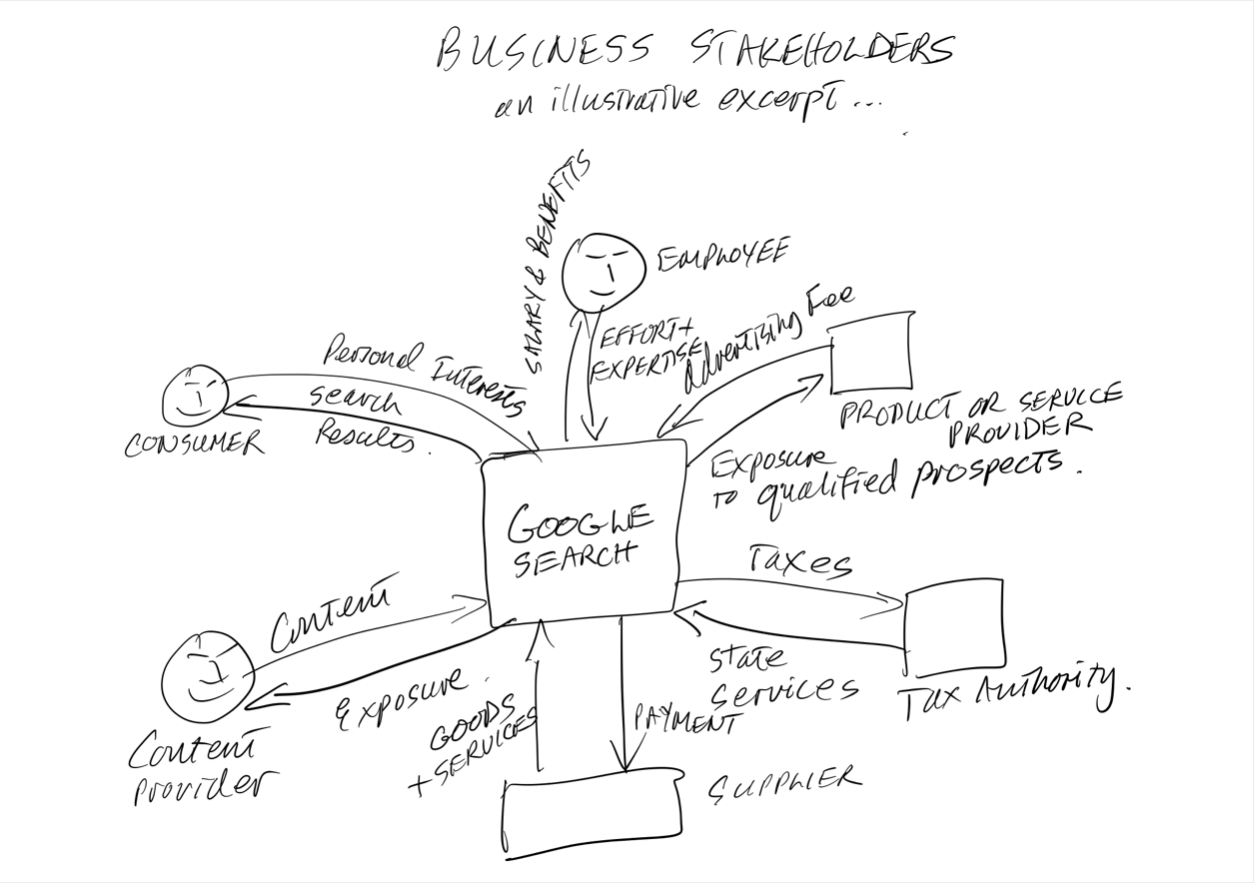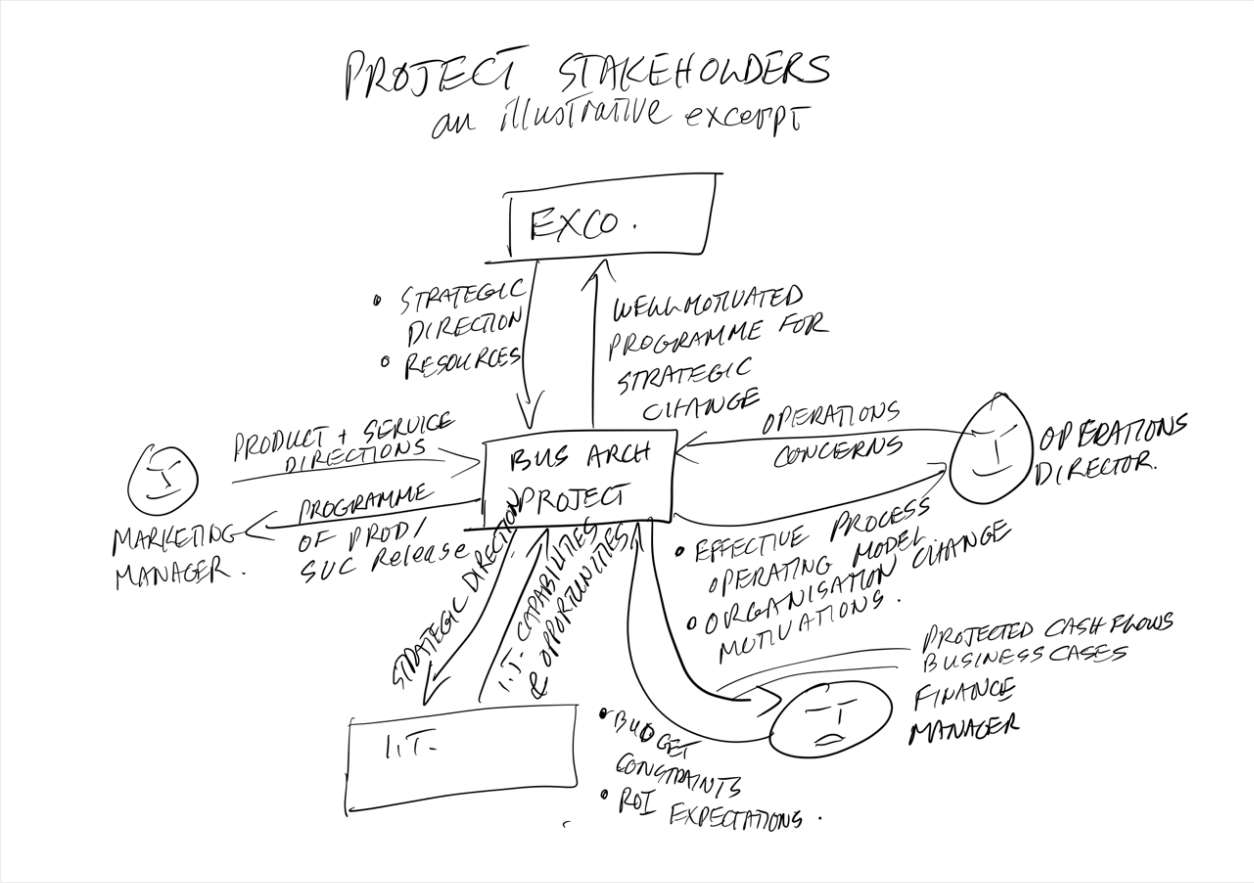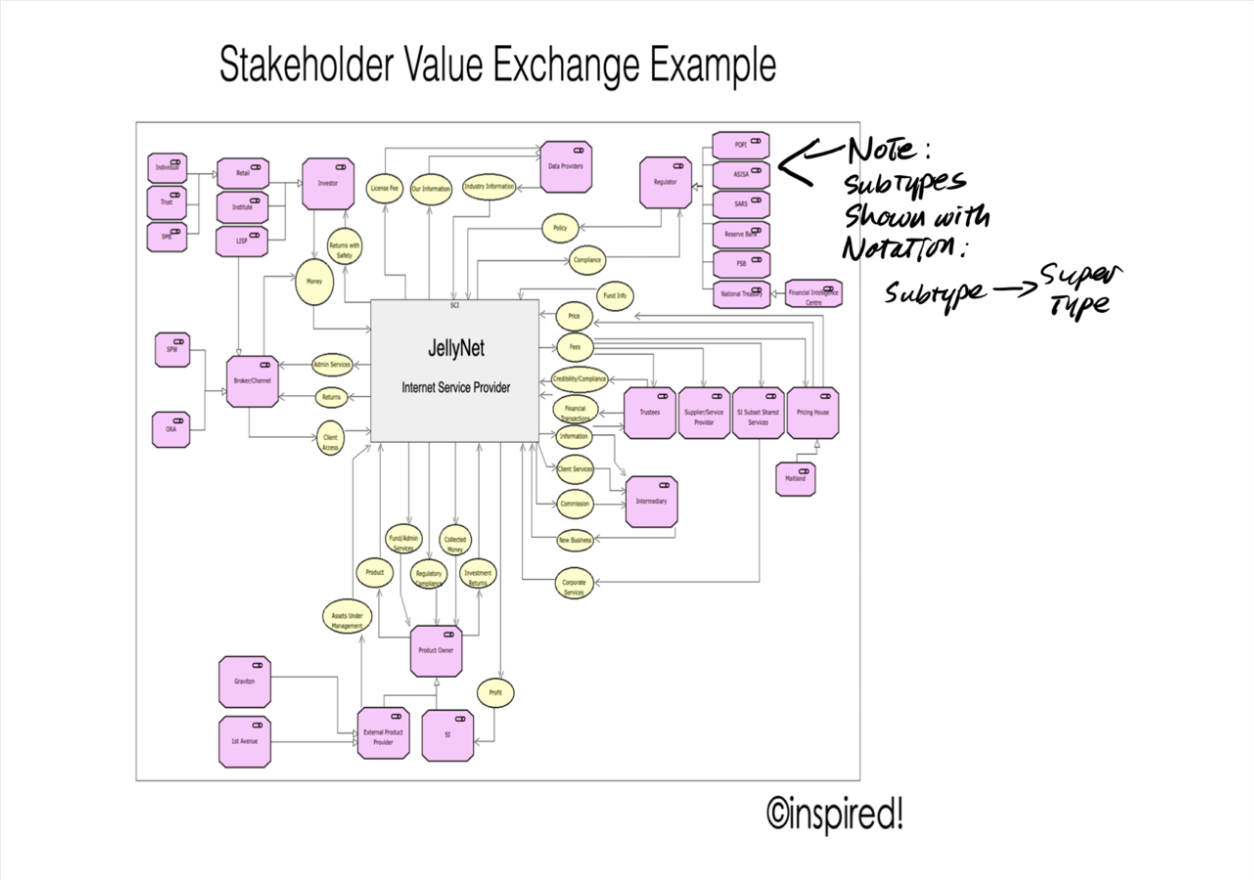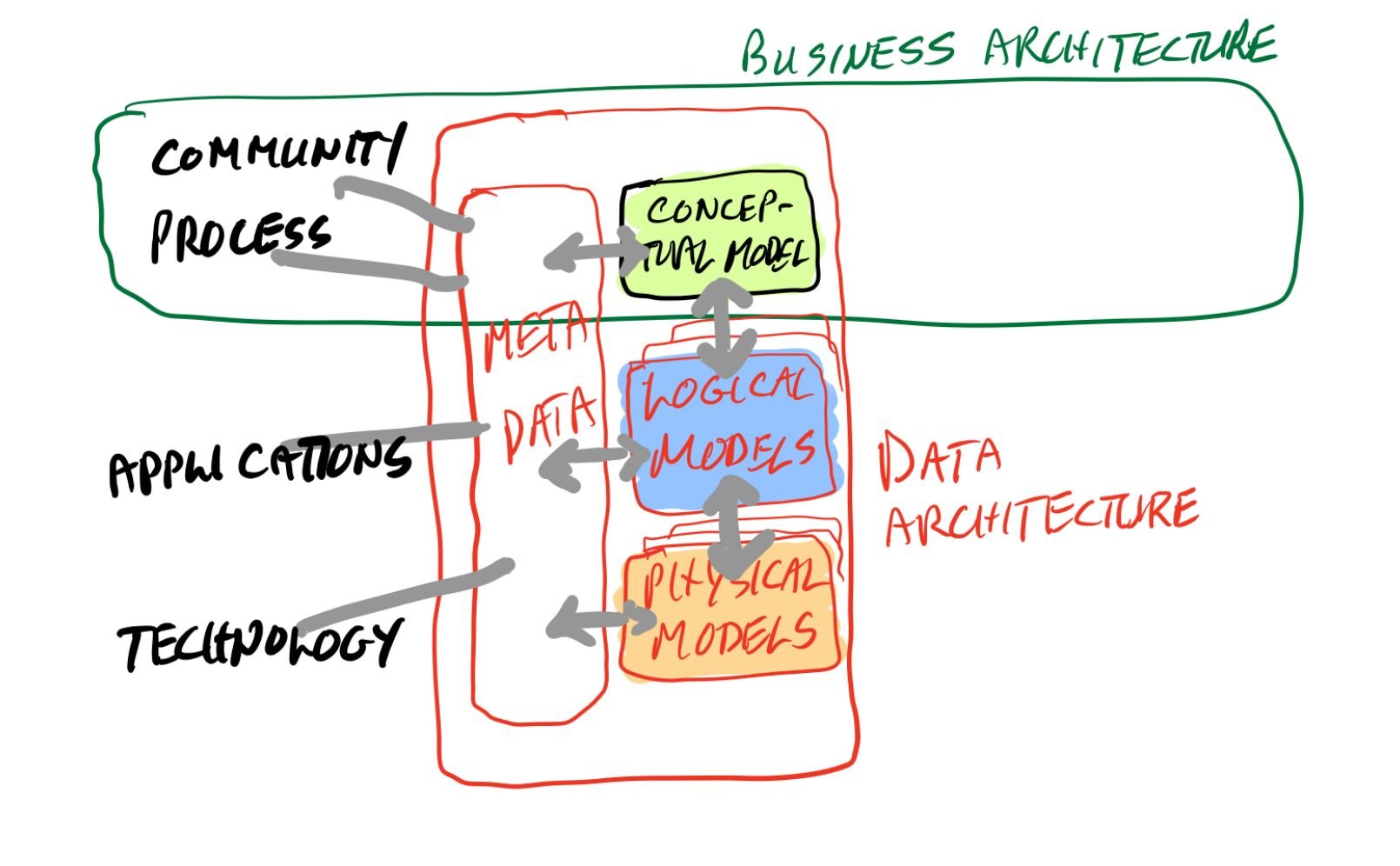It’s pretty standard to consider Mission, Goals and Objectives when doing a business architecture. Some use functional decomposition to increase the rigour of ensuring that these are aligned. Maybe we draft a Vision - a shared and inspiring description of a desirable future state. But what of the other reasons we do things? From traditional SWOT analysis come the Strengths we want to capitalise on, the Weaknesses we want to eliminate, the Opportunities we want to exploit and the Threats that we should minimise.
Once we start to bring in outside factors, such as threats and opportunities, we may as well get more comprehensive and look at STEEPLED analysis: Social, Technology, Economic, Environmental, Political, Legislative, Ethical and Demographic factors that may influence plans and actions. Social change may involve nuclear versus extended families; urbanisation, unemployment, etc. Environment factors may mean dwindling resources, avoiding pollution, or creating circular business models. Political factors may dictate which products are viable in a given market. Legislation may require compliance, restrict services we can offer, or dictate hiring policies. Ethics may dictate that we change business practices. Demographic changes, such as an ageing and better educated population, may affect product design.
We can add the concept of Drivers (which overlaps with the preceding), looking for factors that require us to change. Examples include: Competition, Cost or other ratios, Technologies important in our industry, Values and Ethos of the business, etc.
If we analyse capabilities (possibly within value chains / networks / streams), and have a clear vision / mission / goals, then we can also do a Gap Analysis of what is missing to get there. Addressing capability gaps generates clear goals and potentially, initiatives to address them.
Another dimension is our Product and Services portfolio. Which ones are profitable? Which ones are where in their lifecycle? Which ones are sustainable? Which fit best with the contextual analysis we have done? What becomes possible with new technologies, design thinking or innovative business models?
Finally, we can also do a Business Health check (a multi-dimensional review taking in many strategic dimensions including: strategy, management, architecture, human resources, assets and liabilities, profitability, cash flow, return on investment, geographic coverage, shareholding, partnerships, channels, information use, risk management, agility, etc. ) or at least a Balanced Scorecard.
All of the above can be integrated into a coherent Motivation Model. This should be constructed to be compliant with our Business and Architecture Principles which guide what we will and will not do and how we will go about achieving it.
Why do we need to change? What does a desirable future look like? What needs to change? How can we go about it?
#Strategy #Motivation #BusinessArchitecture #EnterpriseArchitecture
